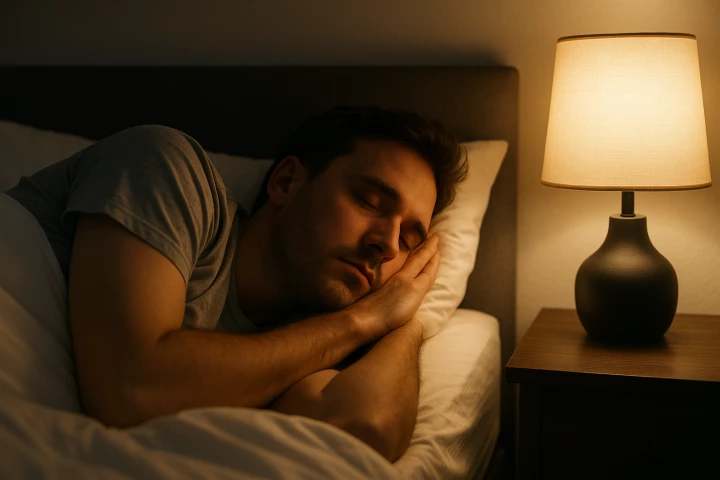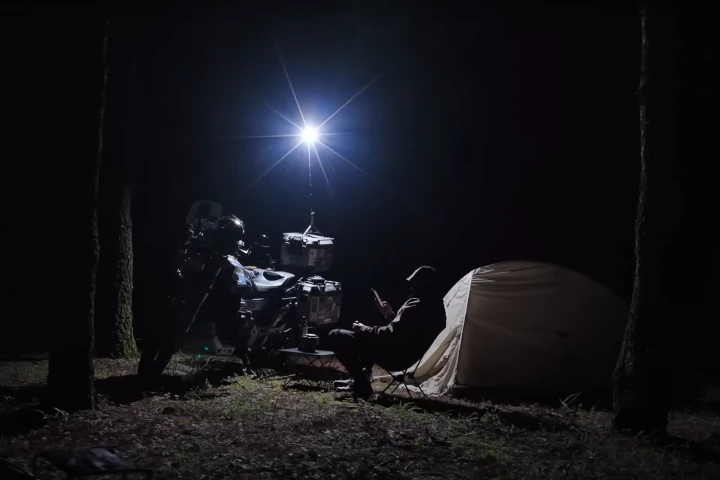Light
-
Fountains are all very well and good, but … they have a way of always staying in the same place, in the same configuration. Arivia is out to change that, with fleets of synchronized illuminated aquatic drones that shoot out water while playing music.
-
Electronics that can't be easily dismantled for recycling aren't very eco-friendly, nor are petroleum-based adhesives. Scientists have set about addressing both issues, by developing a switchable adhesive made mainly of rose oil.
-
Could you imagine being able to "feel" the images on your screen? UCSB researchers have made this sci-fi-like idea a reality. They've developed a display where pixels physically rise off the surface when activated by laser light.
-
After examining 13 million hours of light exposure data, researchers found that experiencing bright light during the dark hours can significantly increase the risk of heart failure and heart attack. The effect was most notable in younger adults.
-
Outask has advanced its pocketable light into a versatile multitool with many uses for home and in the field. The TD2 triples light output inside a multi-axis chassis that makes it a pocket flashlight, table lamp, magnetic work light and more.
-
Wouldn't it be great if the plants in your home could do more than just sit there looking pretty? Researchers in China have found a way to upgrade succulents into soft glowing night lights in a range of hues, with the use of nanoparticles.
-
If you've noticed that you're hearing birdsong longer into your day than you used to, your observation fits with a study examining millions of hours of tweets and warbles. But just why are our feathered friends holding longer concerts?
-
The oceans are losing their light – and with it, possibly their life. A new study reveals more than 20% of the Earth's ocean, an area larger than Asia, has darkened over the last two decades.
-
As unspent antibiotics pass from our bodies, they contribute to the development of antibiotic-resistant bacteria. Scientists are addressing this problem with a new technology which causes such drugs to only become active upon exposure to green light.
-
Nitecore's all-new flagship EDC37 launches an 8,000-lumen strategical attack on darkness from a slim, blade-like package that fits in the palm of the hand. The full power burst won't last long, but you will enjoy over 7 hours of four-figure lumens.
-
While 3D printing is a burgeoning technology, it's limited by the fact that items can only be printed from a single material. A new system still uses just one print resin, but that substance can form into two different solid materials as needed.
-
Ultraviolet light is well-known for its ability to kill germs, including ones that cause food to spoil. And while there doesn't tend to be any food-preserving UV light in our refrigerators, a new consumer device is out to change that.
Load More











